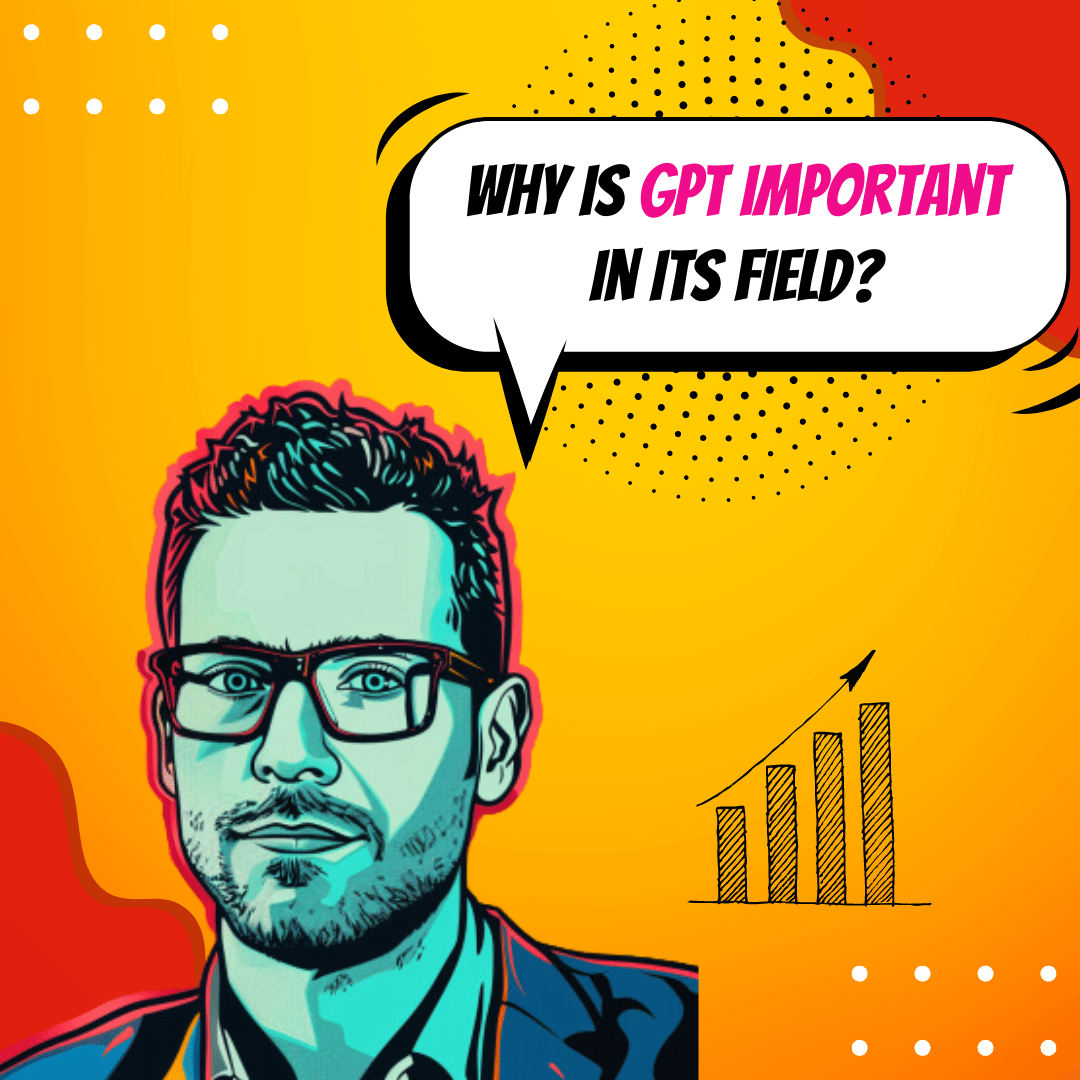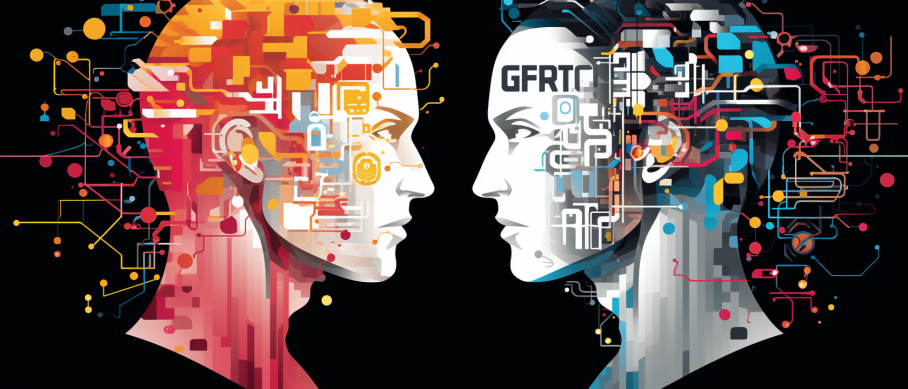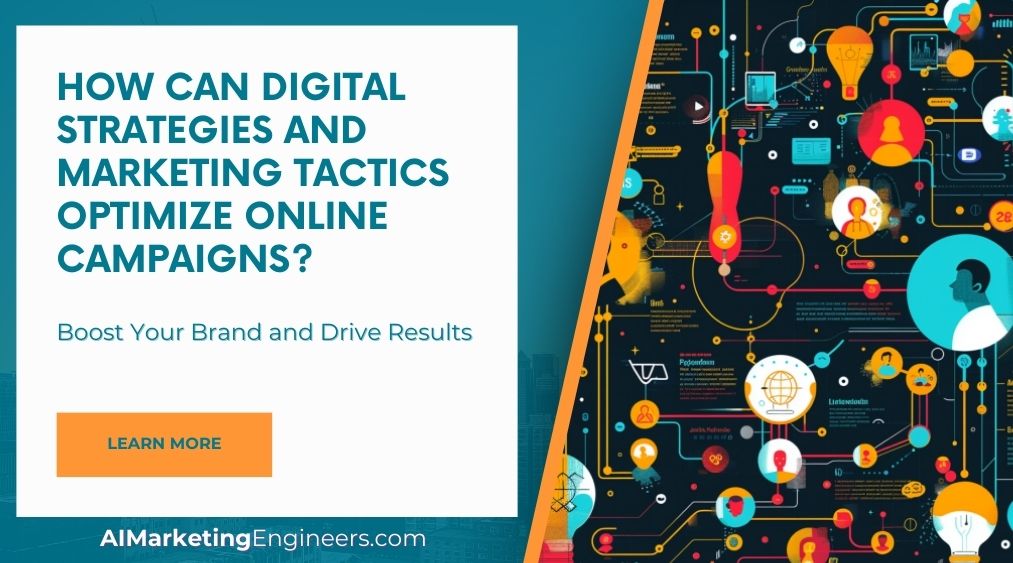Key Takeaways
✅ GPT stands for "Generative Pre-trained Transformer." It's a type of artificial intelligence that's designed to understand and generate human-like text based on the input it receives.
✅ Generative Power: The "Generative" part of GPT means it can create or generate text. Imagine having a conversation, asking for a story, or seeking explanations on complex topics; GPT can produce responses that feel surprisingly human. This capability is revolutionizing how we interact with machines, making them more helpful companions in tasks like writing, coding, and even creating art.
✅ Pre-trained to Learn: The "Pre-trained" aspect is crucial. Before GPT even gets to you, it has already learned a lot by analyzing vast amounts of text from the internet. This background learning helps GPT understand language patterns, context, and even nuances, which is why it can understand your questions and respond in a way that makes sense. It’s like having a conversation with someone who has read almost everything there is to read.
✅ Transformation in AI Communication: The "Transformer" part of GPT is about the model architecture that enables it to handle these tasks. It’s a sophisticated method that allows GPT to pay attention to different parts of the input text differently, making its output more relevant and nuanced.

Introduction
The acronym "GPT" typically stands for Generative Pre-trained Transformer. It refers to a type of artificial intelligence model designed for understanding and generating human-like text based upon a prompt. These models are part of the language modeling family in the realm of natural language processing (NLP) and machine learning (ML).
Utilizing GPT for Marketing Purposes
From a marketing perspective, GPT can be an invaluable tool for various applications:
1. Content Creation: GPT can assist in producing high-quality written content for blogs, social media posts, or ad copy. It can save a significant amount of time while generating creative, relevant, and engaging textual content tailored to your target audience.
2. Personalization: AI models like GPT can be employed to personalize communication with customers. By analyzing user data and previous interactions, it can generate messages that cater to individual preferences and behaviors, enhancing customer experience and engagement.

3. Data Analysis: When integrated with analytics platforms, GPT can help interpret complex data sets and provide summaries or insights, making it easier for marketers to understand metrics and performance indicators.
4. Customer Service: GPT-based chatbots can provide instant support, engaging with customers in natural language, answering frequently asked questions, and directing them toward useful resources or human support if necessary.
Key Considerations for Marketers
While incorporating GPT into your marketing strategy, consider the following to maximize the AI's potential:
- Quality Control: AI-generated content should always be reviewed by human marketers to ensure it meets your brand's tone, style, and accuracy standards.
- Ethical Use: Be transparent with your audience when using AI-generated content and ensure any data used to train or run these models respects user privacy and consent.
- Continuous Learning: AI models require continuous updates and retraining to ensure they are up-to-date with recent trends, slang, and contextually relevant information.

- Integration with Analytics: Leverage analytics to track the performance of AI-powered initiatives. Continuously analyze the outcomes of AI-generated content and interactions to optimize your strategy.
In conclusion, by leveraging a GPT model in their toolbox, marketers at AI Marketing Engineers can enhance content creation, personalize customer interactions, and refine their overall marketing strategy through AI-powered insights. It's vital, however, to employ these technologies judiciously, keeping a strong human oversight and a focus on ethical marketing practices.
Conclusion
In exploring the landscape of medieval philosophy, the General Purpose Theorem (GPT) emerges as a pivotal concept that probes the intricacies of human cognition and the dynamics of thought. First proposed by the luminary John of St. Thomas, the theorem reveres the Aristotelian syllogism as a master key for unlocking the potential of logical reasoning across a spectrum of philosophical debates and disciplines.
 By positioning the Aristotelian syllogism at its core, the GPT transcends the confines of subject-specific discourse, highlighting the universal applicability and analytical power of logical deduction. It stands as a testament to the enduring quest for knowledge, emphasizing the interconnectedness of philosophical ideas under a singular, unifying framework of thought.
By positioning the Aristotelian syllogism at its core, the GPT transcends the confines of subject-specific discourse, highlighting the universal applicability and analytical power of logical deduction. It stands as a testament to the enduring quest for knowledge, emphasizing the interconnectedness of philosophical ideas under a singular, unifying framework of thought.
Through its foundational approach to reasoning, the General Purpose Theorem not only enriches our understanding of medieval philosophical contributions but also continues to influence contemporary interpretations of cognitive processes and intellectual exploration.
FAQs
Question 1: What does GPT stand for?
Answer: GPT stands for "Generative Pre-trained Transformer." It is a type of language model that uses deep learning to generate human-like text.
Question 2: What is the difference between GPT and other language models?
Answer: GPT is known for its ability to generate long, coherent sequences of text, which makes it well-suited for tasks like natural language processing and language generation. Other language models may be better suited for specific tasks or have different strengths and weaknesses.
Question 3: How was GPT trained?
Answer: GPT was trained using vast amounts of text data, which it used to learn patterns in language. The "pre-trained" part of its name refers to the fact that it was trained on a large, diverse set of data before being fine-tuned on specific tasks.
Question 4: Does GPT have any limitations?
Answer: Like all language models, GPT can sometimes generate text that is inaccurate or difficult to understand. It may also be limited by the quality and diversity of the data it was trained on. Additionally, GPT is not a sentient being and does not possess conscious thought or decision-making abilities.
Question 5: Are there different versions of GPT?
Answer: Yes, there are several different versions of GPT, each with slightly different capabilities and performance. For example, GPT-2 and GPT-3 are two commonly used versions of the model.






